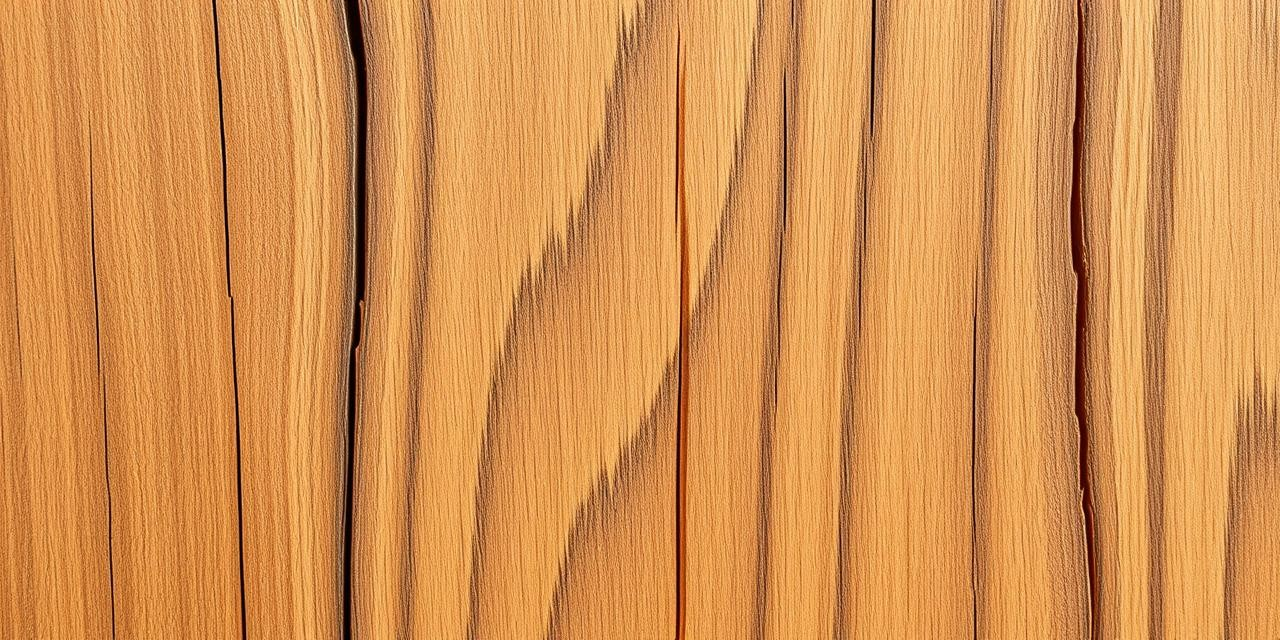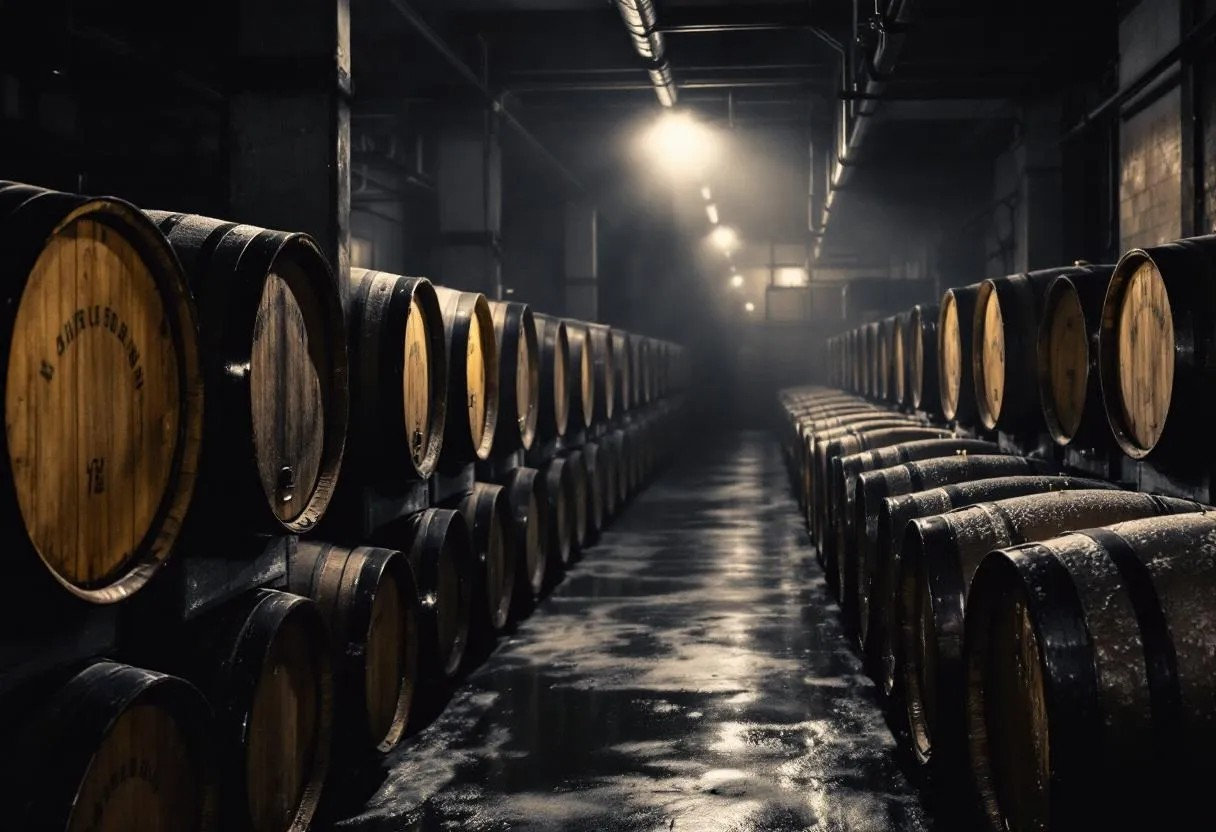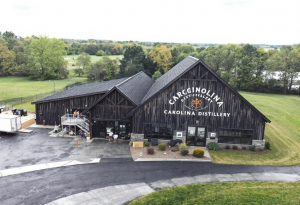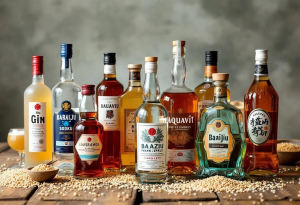Ever wondered what gives your favorite spirit that special something? It’s often the oak barrel. From bourbon’s vanilla kiss to Scotch’s caramel embrace, oak is the silent hero. I’ve spent years as a distiller, knee-deep in the magic of oak maturation. Trust me, it’s more than just storage. It’s a wild dance of chemistry, extraction, and a touch of oxidation. This turns a raw distillate into liquid gold. So, let’s crack open the fascinating world of oak. We’ll explore how it sculpts the flavors we love.
Decoding Oak: Species and Their Secrets
Spoiler alert: not all oak is created equal. The species of oak dictates the final flavor. Two big players dominate the spirits game:
American White Oak (Quercus alba): Vanilla, Coconut, and More
Think vanilla bombs and creamy coconut notes. American white oak is your go-to. It’s packed with lactones, the flavor compounds responsible for those sweet notes. Plus, it’s a tough cookie – dense and watertight. This makes it perfect for holding liquids. Bourbon distilleries? They’re huge fans.
European Oak (Quercus robur & Quercus petraea): Spice and Tannins
Sourced from France, Spain, and Eastern Europe, this oak is a bit more… porous. Expect spicier, more tannic notes. Imagine dried fruit, clove, and a hint of dark chocolate. Scotch whisky and fine wines? They thrive in European oak.
Terroir Matters: Oak’s Origin Story
Just like wine grapes, oak has terroir. Environmental factors shape the tree’s chemical makeup. Oak from different regions? They’ll have subtle flavor differences. French oak from Limousin? Known for its loose grain and high tannin kick. Allier oak? Tighter-grained, with a more delicate touch.

Barrel Birth: From Tree to Cooperage
The journey from forest to barrel is painstaking. First, the oak is harvested, then air-dried for years – sometimes up to three! This “seasoning” is key. It lowers moisture and mellows out harsh tannins. The longer the seasoning, the smoother the spirit.
Next, the seasoned oak becomes staves. These are assembled, then toasted or charred. This is where the real magic unfolds.
Toast vs. Char: Flavor Unleashed
Toasting and charring? Different beasts, different flavors. Both involve heating the barrel’s inside. But the intensity and duration? Worlds apart.
Toasting: A Gentle Warmth
This is a slow and steady process. Lower temperatures, longer times. Toasting breaks down complex stuff in the wood. Think vanilla, caramel, and spice. Light, medium, heavy toast? Each brings its own flavor party.
Charring: Igniting the Flavors
Intense heat transforms the wood, creating a charcoal layer. Sugars caramelize, compounds go wild. Color and flavor explode. Char levels? Designated by numbers – #1, #3, #4. Higher the number, the deeper the char. A heavy char (#4), or “alligator char,” is a bourbon staple.
The char layer acts like a flavor filter, scrubbing out the bad stuff. It also unlocks the delicious compounds hiding deep within the wood.
Maturation Science: A Flavor Symphony
Aging spirits isn’t just storage. It’s a complex ballet of chemical reactions. Buckle up; we’re diving in:
Extractives: Gifts from the Oak
These are compounds extracted from the oak itself:
- Tannins: Astringency and mouthfeel. They mellow with time, adding complexity.
- Lactones: Coconut and woody notes, especially in American white oak.
- Vanillin: That unmistakable vanilla punch.
- Lignin: Breaks down into vanillin and spicy, smoky aromas.
- Hemicellulose: Caramelizes during toasting, adding sweetness and color.
Additives: Born from Fire
These compounds are created during toasting or charring:
- Furfural: Almond and caramel whispers.
- 5-Hydroxymethylfurfural (HMF): Sweetness and more caramel.
- Volatile phenols: Smoky and spicy attitude.
Interactives: The Flavor Dance
These are the reactions between the spirit and the oak. Oxidation, esterification, acetal formation. They mellow the spirit and build flavor layers.
Time, Temp & Humidity: The Aging Trifecta
Where you store your barrels matters. Key factors:
- Time: Longer aging = more oak interaction = more complex flavor. But beware, over-aging leads to harsh tannins.
- Temperature: Higher temps speed things up. But extreme swings? Bad news.
- Humidity: Affects evaporation. Humid? Alcohol evaporates faster, lowering proof. Dry? Water evaporates, raising proof. This is the legendary “angel’s share.”
Distilleries strategically place barrels. Higher floors? More temp swings, faster maturation.
Distiller’s Playbook: Practical Tips
Understanding oak lets you make smart choices. Barrel selection, toasting, warehouse setup. Here’s your playbook:
- Oak Exploration: Don’t just stick to American white oak. Explore European oak, or even oak from other regions.
- Toast & Char Control: Work with your cooper. Nail down the desired toast and char. Think about your spirit’s style.
- Barrel Monitoring: Sample regularly. Track maturation. Adjust your strategy as needed.
- Finishing Touches: After initial aging, try finishing in a different barrel. Sherry, port, wine – the possibilities are endless.
Art Meets Science
Crafting exceptional spirits is an art and a science. Know the chemistry, understand the environment. But trust your palate and experiment! Combine knowledge with intuition. Unlock oak’s full potential. Create spirits that truly sing.
Your Oak FAQs Answered
- Angel’s Share? The spirit lost to evaporation during aging.
- Optimal Aging Time? Depends on the spirit, oak, and environment. Sample, sample, sample!
- Reusing Barrels? Yes, but they’ll impart less flavor. Great for spirits needing a subtle oak touch.
- Barrel Storage Tips? Cool, dark, well-ventilated. Avoid extreme temps.


